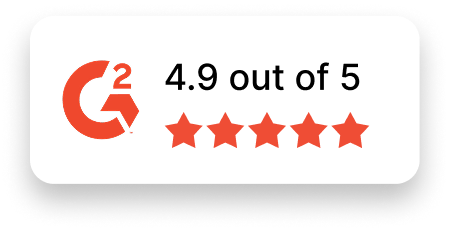Quality Assurance Engineer Job Description Template
Use this template to craft job descriptions for hiring Quality Assurance Engineers. Customize it to meet your specific organizational needs and goals.
Job Title: Quality Assurance Engineer
Location: [Specify Location or Remote]
Job Type: [Full-time/Part-time/Contract]
About the Role
We are seeking a meticulous and detail-focused Quality Assurance (QA) Engineer to ensure the consistent quality and functionality of our software products. You will play a vital role in improving processes, identifying bugs, and enhancing user satisfaction by conducting thorough testing and implementing best practices.
If you love a challenge and take pride in delivering flawless software, we’d love to hear from you!
Responsibilities
- Design, develop, and execute detailed test plans, cases, and scripts to uncover discrepancies and ensure product quality and performance.
- Perform functional, regression, performance, and usability testing to validate software consistency and reliability.
- Collaborate with developers, designers, and product managers to clarify requirements and discuss solutions to identified issues.
- Identify and document bugs or defects using issue-tracking tools like Jira or similar platforms.
- Verify resolved issues to ensure fixes are accurate and effective.
- Continuously analyze the testing process to identify efficiencies and potential improvements.
- Create and maintain test automation scripts and frameworks where applicable.
- Develop clear documentation for test procedures, processes, and results.
- Ensure that products comply with security, accessibility, and industry standards.
- Support the delivery of high-quality releases in Agile environments with short iterations and quick feedback loops.
Required Skills & Experience
- Bachelor’s degree in Computer Science, Software Engineering, or a related field (or equivalent experience).
- Proven experience as a QA Engineer or in a similar role.
- Strong proficiency in manual and automated testing methodologies.
- Hands-on experience with testing tools such as Selenium, Cypress, TestRail, or similar platforms.
- Familiarity with programming or scripting languages like Java, Python, or JavaScript.
- Sound understanding of Agile development methodologies and software development lifecycles.
- Attention to detail and strong problem-solving skills to uncover hard-to-find issues.
- Experience with API testing and tools like Postman or REST Assured.
- Excellent written and verbal communication skills to collaborate with technical and non-technical team members.
Nice-to-Have Skills
- Certifications such as ISTQB, CSTE, or others related to quality assurance.
- Experience with performance and load testing tools, such as JMeter or LoadRunner.
- Familiarity with CI/CD pipelines and integration of QA workflows into DevOps processes.
- Knowledge of mobile app testing on iOS and Android platforms.
- Exposure to cloud-based systems and testing in cloud environments like AWS, Azure, or Google Cloud.
- Background in UI/UX testing and usability heuristics.
- Understanding of security testing principles and vulnerability assessment tools.
Why Join Us?
- Exciting Challenges: Play a key role in delivering high-quality software that enhances user experiences across the globe.
- Collaborative Team: Work with a group of passionate individuals in a supportive and innovative environment.
- Career Growth: Advance your skills and career through learning programs, certifications, and mentorship opportunities.
- Flexible Work Options: Enjoy remote or hybrid setups to suit your needs and maintain work-life balance.
- Inclusive Culture: Join a workplace that prioritizes diversity, equity, and inclusion, ensuring all voices are valued and heard.
Apply Now
Are you ready to help us deliver exceptional software products as a Quality Assurance Engineer? Join [Your Company Name] and make a meaningful impact by ensuring product excellence. Apply today!

